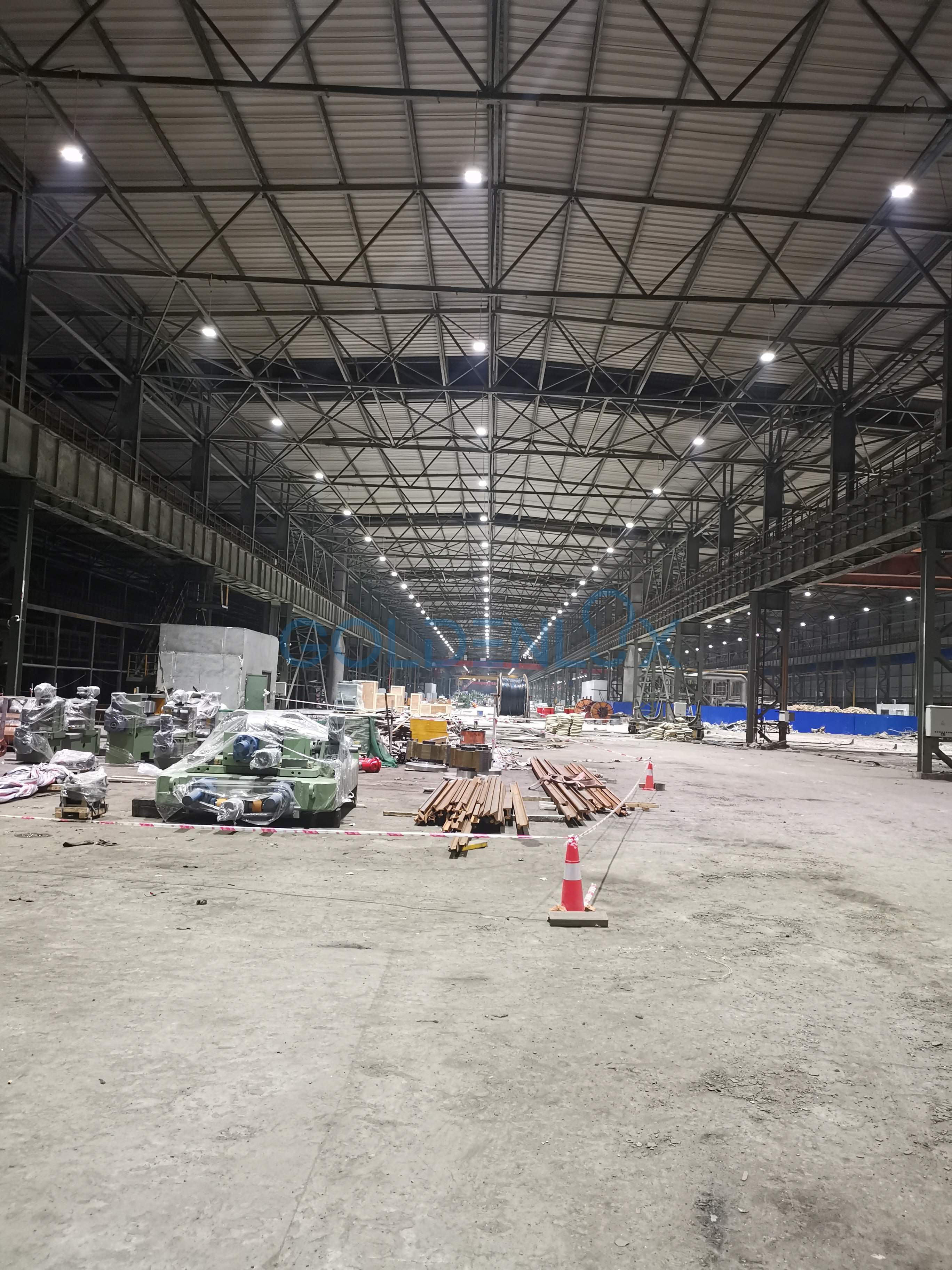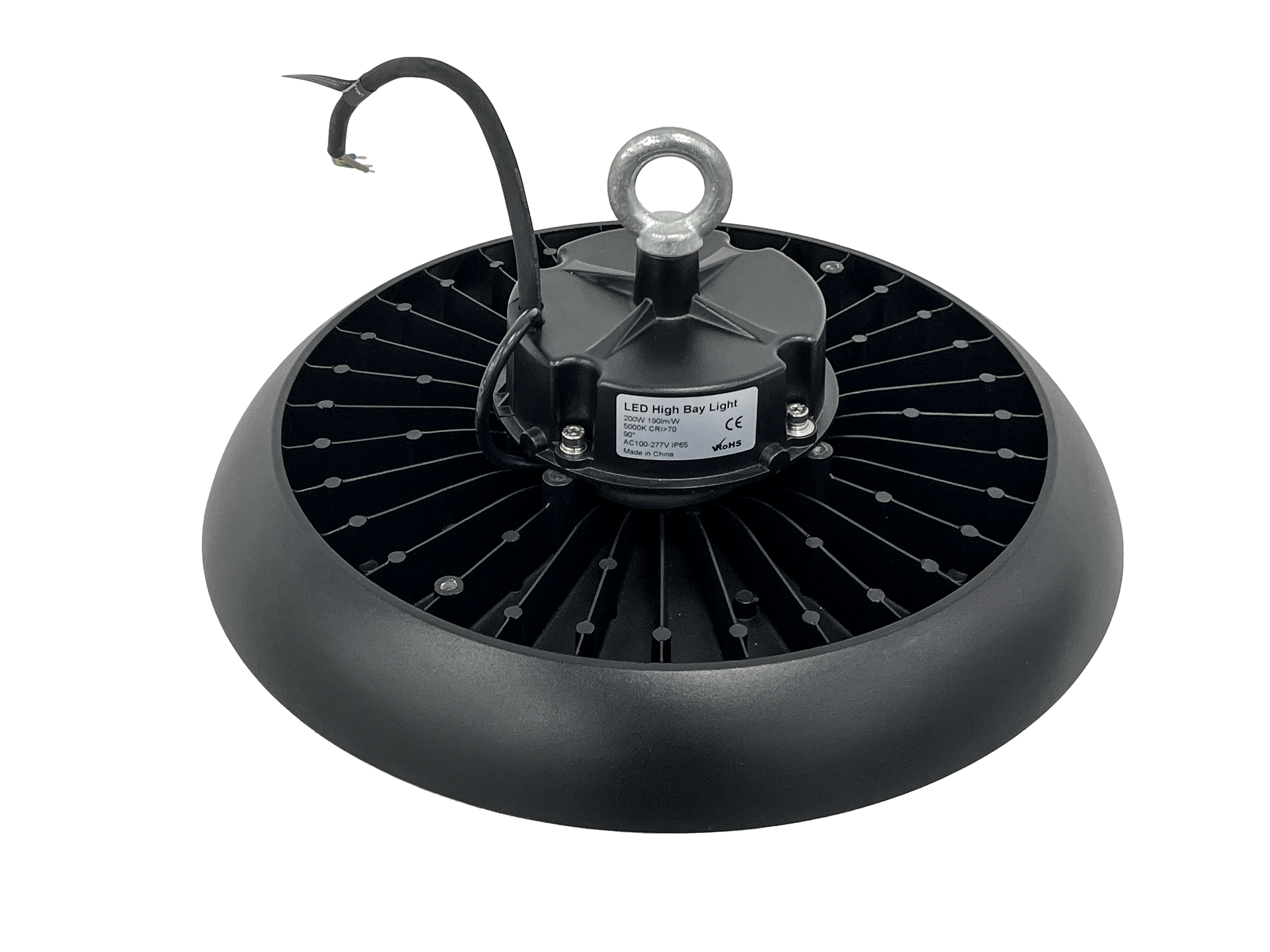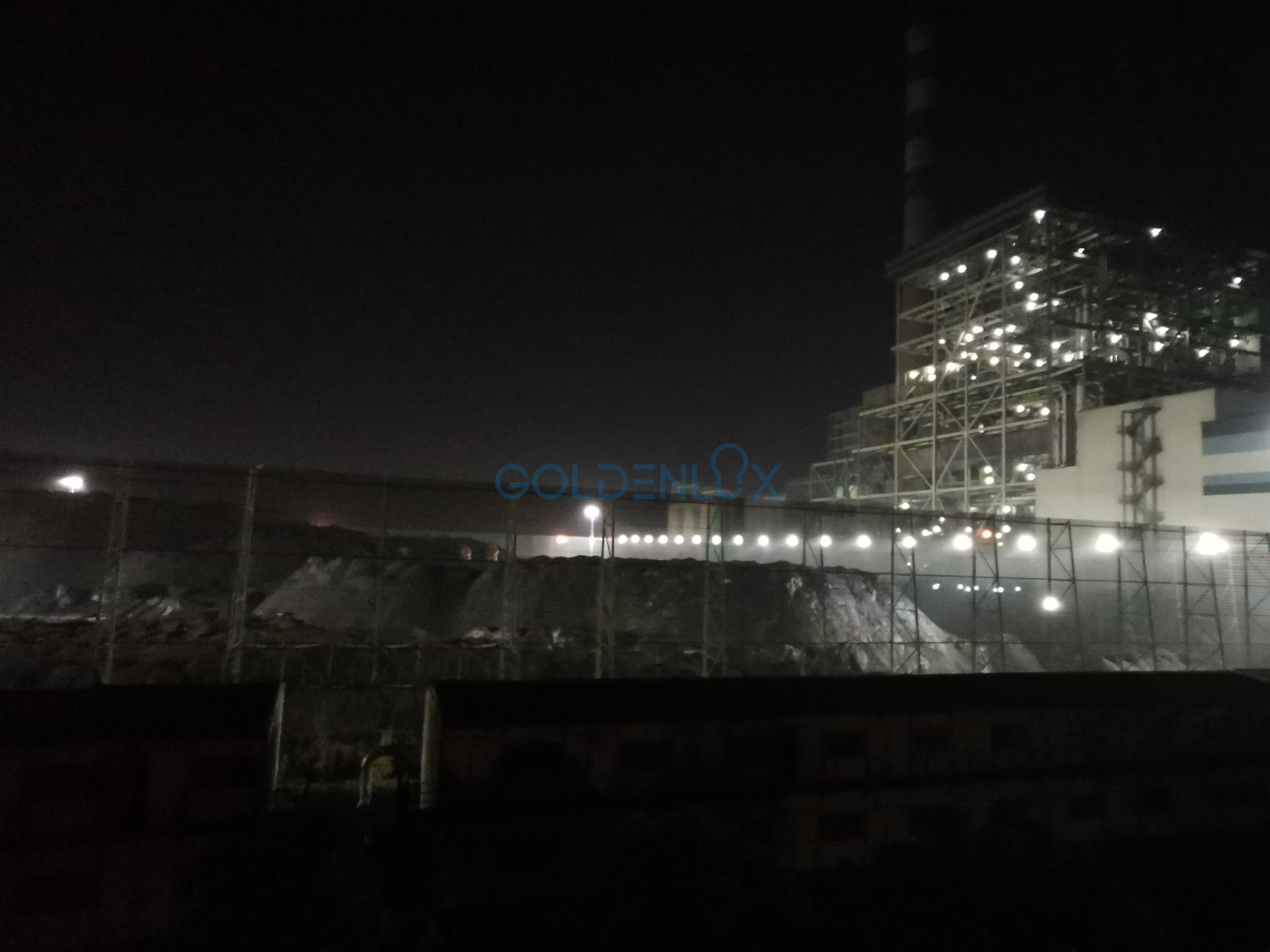Key Advantages of UFO LED High Bay Lights
 2024-06-01
2024-06-01
 Industrial News
Industrial News
 Goldenlux Official
Goldenlux Official
LED high bay lights are powerful lighting fixtures typically used in large indoor spaces with high ceilings, such as warehouses, factories, gyms, and supermarkets. Here are some key features and considerations:
1.Energy Efficiency: LED high bay lights are highly energy-efficient compared to traditional lighting options like metal halide or fluorescent lights. They consume less power while providing comparable or even better illumination.
2.Brightness and Luminosity: These lights are designed to emit high levels of lumens (brightness), making them suitable for illuminating large areas from considerable heights without compromising on visibility.
3.Long Lifespan: LED lights have a significantly longer lifespan compared to traditional options. They can last up to 50,000 to 100,000 hours or more, reducing maintenance costs and downtime for replacements.
4.Durability: LED high bay lights are robust and resistant to shock, vibration, and external impacts, making them ideal for industrial environments where conditions may be harsh.
5.Light Distribution: They are available in various beam angles (like narrow, medium, and wide) to suit different lighting needs — whether for general illumination, focused task lighting, or accent lighting.
6.Instant On: LEDs provide full brightness instantly when switched on, unlike some traditional lights that require warm-up time.
7.Color Temperature Options: LED high bay lights come in different color temperatures (e.g., warm white, cool white, daylight), allowing you to choose the ambiance and brightness level that best suits your application.
8.Dimmability: Many LED high bay lights are dimmable, offering flexibility in adjusting light levels based on specific needs or time of day.
9.Environmental Impact: LED technology is environmentally friendly due to its lower energy consumption, longer lifespan, and the absence of hazardous materials like mercury.
When choosing LED high bay lights, consider factors such as the height of your ceiling, the area to be illuminated, required brightness levels, and any specific lighting regulations or standards applicable to your industry or region.






















